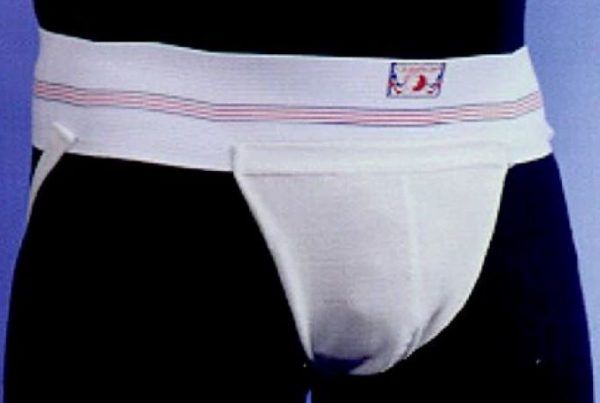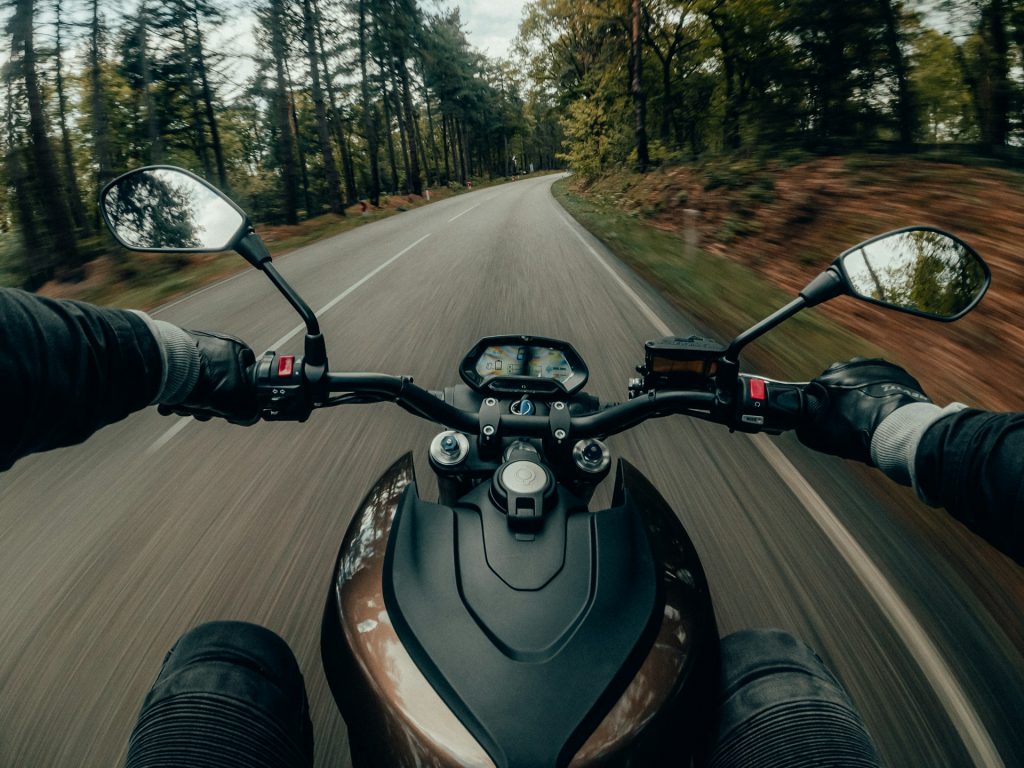
Research shows that riding a motorcycle reduces stress and increases happiness. However, without proper preparation and safety, long-distance motorcycle rides can be mentally and physically exhausting.
The combination of poor posture, uncomfortable motorcycle seats, long-distance rides, and stress can cause pain in the back, neck, and wrist.
To have a stress-free and pain-free ride, GulfPhysio physiotherapist and founder Kieran Sheridan will explain the different types of stretching while riding the motorcycle and other healthy lifestyle guides that motorcycle riders should know.
Why does my body hurt after riding a motorcycle?

Motorcycle rides can overwork several muscles but according to a study, muscles in the forearms are likely to experience fatigue during long bike rides.
Another study, which evaluated musculoskeletal issues between occupational motorcyclists and non-occupational motorcyclists, showed that the most common health problems involved the lower back, neck, shoulder, upper back, hips, thighs, and buttocks. The most prevalent among them is lower back pain, with occupational motorcyclists experiencing a higher frequency and longer time of suffering from the back problem.
One of the reasons behind this is improper posture while motorcycle riding. When you sit far forward or back, it can contribute to back pain.
Motorcycles are also not exactly ergonomic. The size of your bike and its configuration may cause tension in the muscles. You may not be fit to ride a motorcycle that is built for those with average size.
The ride’s distance can also be a reason behind fatigue and muscle tension. Riding continuously without breaks can cause soreness, which is exacerbated by uncomfortable accessories and motorcycle seats.
Lastly, mental conditions can also affect your physical well-being. If you feel stressed, whether due to weather conditions or long rides, it can cause soreness and tension in your muscles.
One example is a tight grip on handlebars or tense thighs. One way to resolve these physical issues on a motorcycle ride is core strengthening exercises. However, strengthening exercises can be time-consuming for riders who have a busy schedule. With this, experts recommend riders undergo stretching exercises before, after, or during breaks from motorcycles.
What are the best stretches before motorcycle riding?
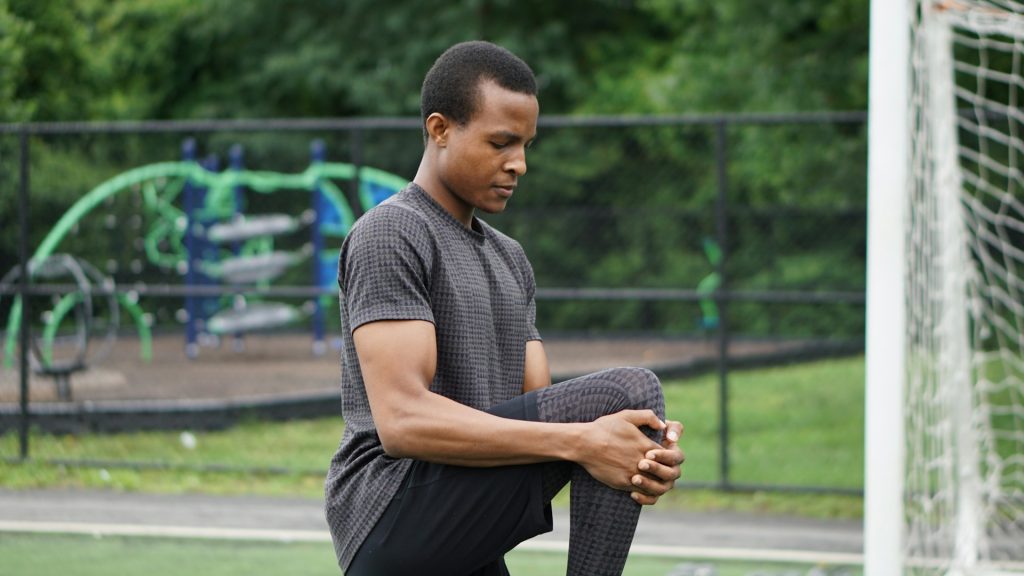
Stretching is one of the most effective ways to prevent injuries, cramps, and muscle soreness before motorcycle riding. Sheridan recommends doing an easy warm-up before stretches such as walking and light jogging.
Here are some recommended stretches before long motorcycle rides:
Child’s pose
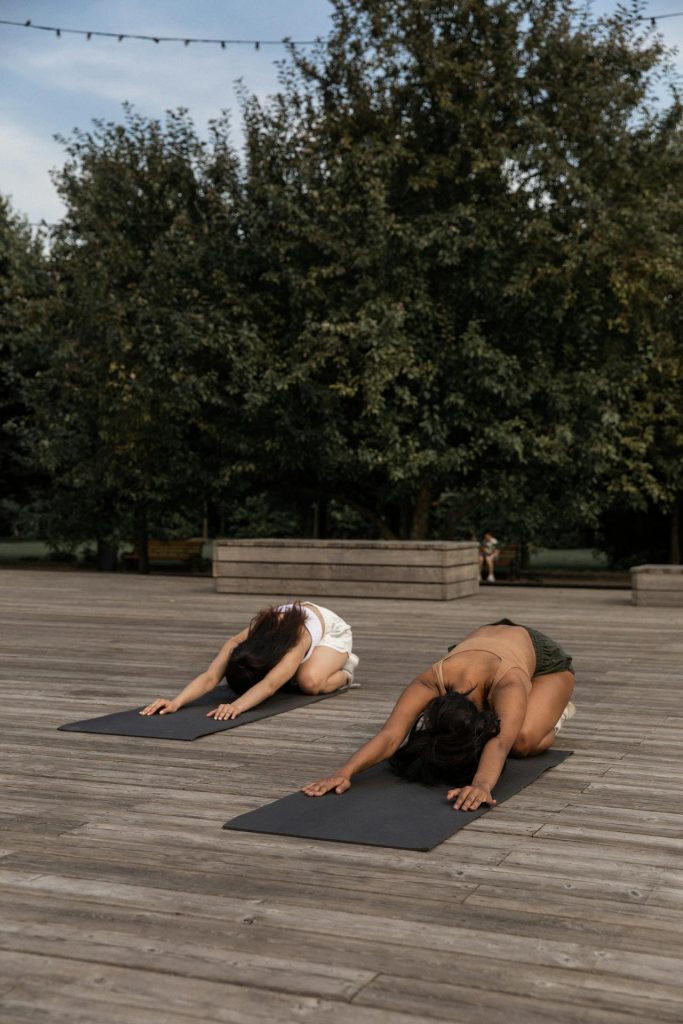
To perform this, lie on the ground with all your hands and knees. While kneeling, shift the buttocks onto the feet. Make sure that the toes are touching as your knees are pushing away from each other. Then, sink the buttocks toward the heels as your arms reach the floor. The chest should be between the legs while the forehead is on the floor. As you feel the stretch, not pain, in your arms and spine, reach the arms to one side and do it to the other side. Do this for 3 reps every 30 seconds.
Cobra stretch
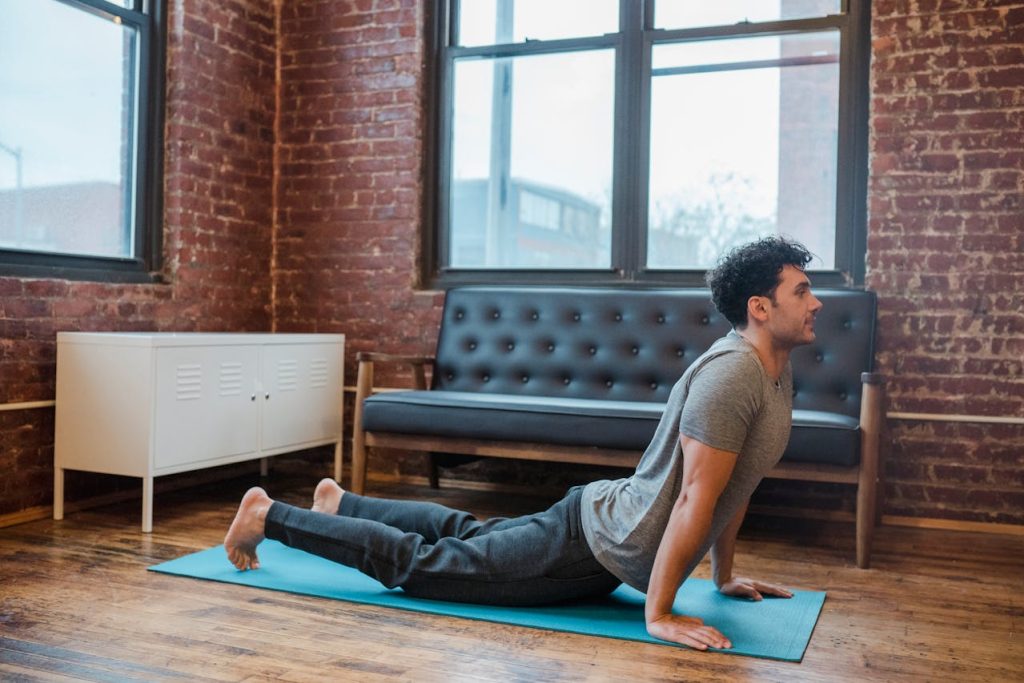
When doing this stretch, start with lying on the ground. Place the palms on the floor, which will be at shoulder height. Push into the ground and then prolong the elbows while retaining the contact between the hips and the floor. Relax the buttocks at the top of this position and keep elbows close to the side. Do this stretch for about 5 reps and 10 seconds each.
Pec Stretch
You can do this stretch using a towel or a yoga mat. This will help relieve shoulders and legs. To begin, lie on the ground with your face down. Extend the arms to the side, mimicking the shape of a T with the palms down. Start rolling onto the ride side by pushing the left hand. Then, lift behind the left leg and put the left foot behind the extended right leg for stability. Hold this position for 30 seconds and repeat this on the opposite side.
What are the best stretches while driving a motorcycle?
Long-distance motorcycle riding can be straining on the neck and back. The tension may also be due to uncomfortable seats and positioning or riding the motorcycle on bumpy roads. To address these muscle pains, Sheridan recommends some easy stretches to do while in traffic, during breaks, or while riding the motorcycle.
Let’s begin with an easy stretching technique. During a full stop or while riding, it is recommended to do a neck stretch. Although you can also still do this before the motorcycle ride, to relieve the muscles and reduce the risk of tension in the neck.
Neck stretch
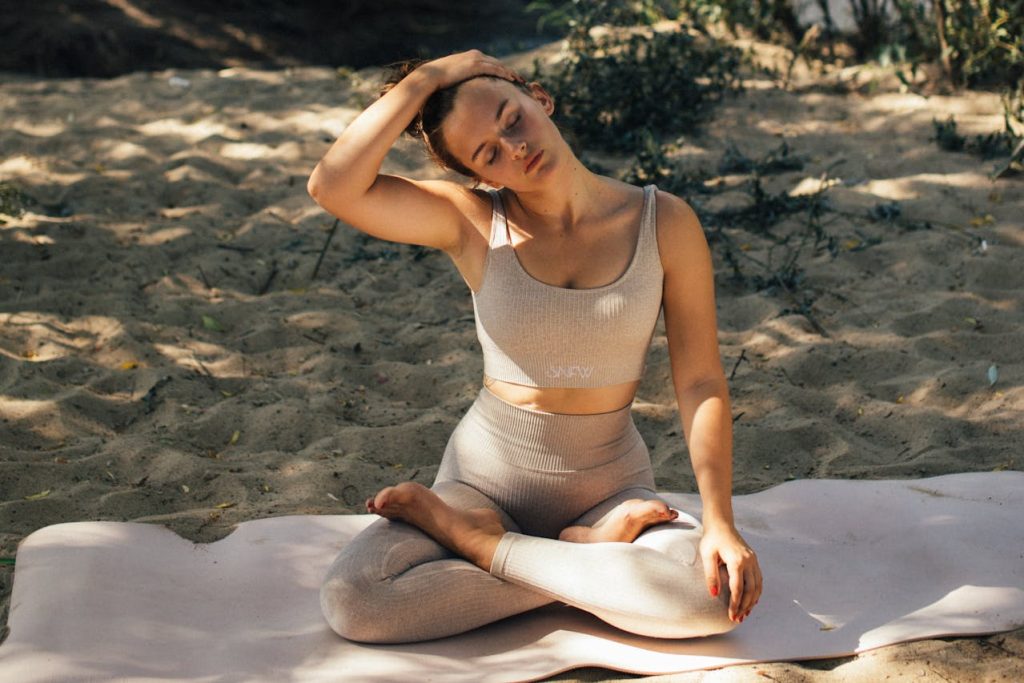
To perform a neck stretch, do a light right turn of the neck. Next, gently to this to the other side of the neck until you feel a stretch. As you extend the neck, Sheridan recommends keeping your eyes on the road while doing this stretch on the road.
Updog
Sheridan also recommends doing an updog stretch to address the tightness of the lower back. This can be performed while on a break. This stretch is usually done to treat backache and prevent tension in the back. To do this, lie on the ground with the face down and place the palms on the ground. Press into the ground to straighten the arms while picking the hips and upper thighs up off of the floor. Hold this position for a few seconds before you lower your body.
Hip Flexor

To do this stretch, you should take an object as a support like a cushion, a box, or anything sturdy in your car. Place one foot on the ground as your leg creates a 90-degree angle. The other foot will be placed on the object that you prepared with the leg’s knee on the ground. The back should be straight while the hands are on your hips, which will slowly thrust the hips forward. The knee of the front leg becomes parallel with the toe, pulls back to the starting position.
Aside from stretching, proper posture is also important while driving this two-wheeled vehicle. Sitting on a motorcycle can be a problem for your back if you sit too forward or backwards.
The first thing to keep in mind is positioning the body on the motorcycle. Sheridan advised to keep the body upright when sitting on a small motorcycle.
“Make sure you won’t lean too close because it will strain your back later on. In a large motorcycle, lean forward slightly but not too close to the oil tank so that you can still move freely without twisting your body,” said Sheridan.
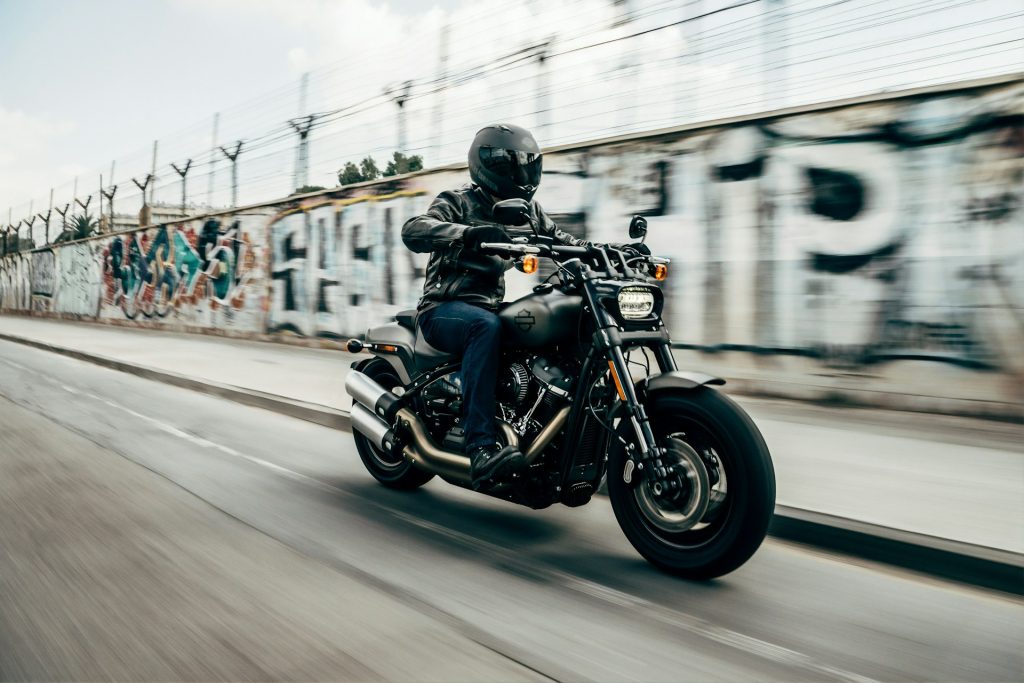
Next is positioning the foot. First, position it on the footrest by pinching the toes onto the footrest and moving the heel closer to the footrest base, which will allow your feet to shift the gears and breaks without difficulty.
“Correct foot placement will benefit your gear shifting and transferring your weight during cornering,” said Sheridan.
Positioning the arms and hands is also important to avoid tensions in the arms. Hold the handlebar right with the wrist at the center of the handlebar. Your hand should be relaxed while holding the handlebar. The arms and the shoulders must also be free to control the direction of your motorcycle.
The placement of the knees should be correct to allow stability when driving the motorcycle. Sheridan advised placing the knees towards the front for small bikes while clamping the knees against the fuel tank without spreading the legs for the large motorcycles.
Finally, eye positioning should be handled with accuracy. It should be towards the front road while also looking as wide as possible to be aware of sudden incoming vehicles and for safe driving.
What stretches to do after a motorcycle ride?
Some people make the mistake of resting or sleeping after a long bike ride. This is dangerous as the body will fail to recover from the cramps and tensions from the motorcycle ride. You will wake up feeling sore and not being able to address body pain. Before you rest, Sheridan advised doing some stretches:
Shoulder exercises
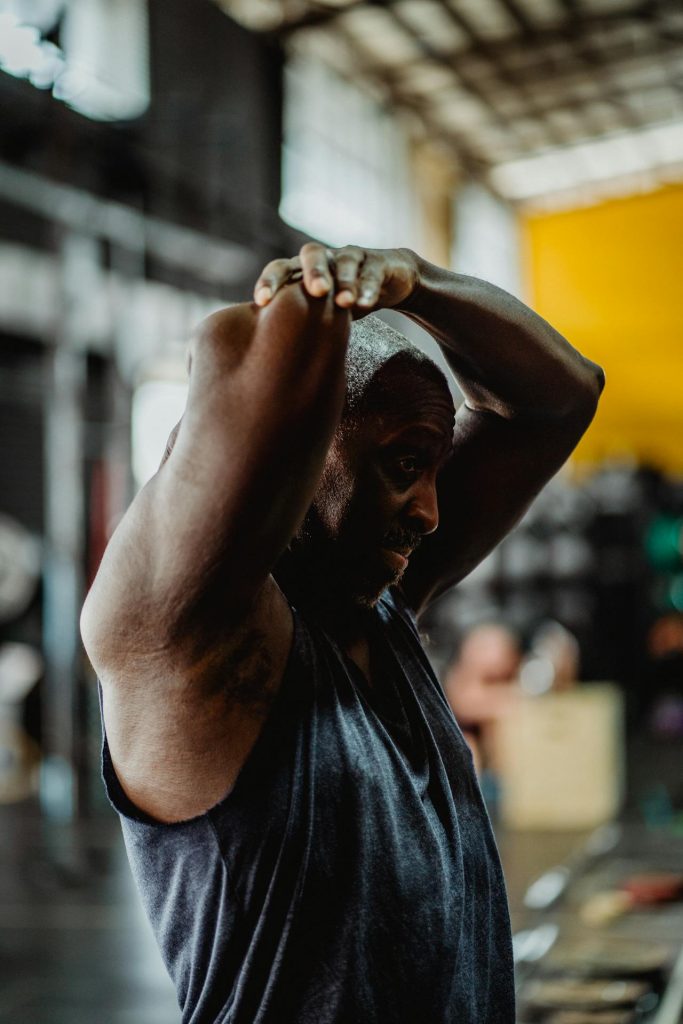
It is very easy to do. First, swing the elbow with the right hand as support to boost shoulder strength. Afterwards, do this again for the opposite arm. Put both hands behind and stretch slowly. Do this again for 10 reps.
Cervical exercises
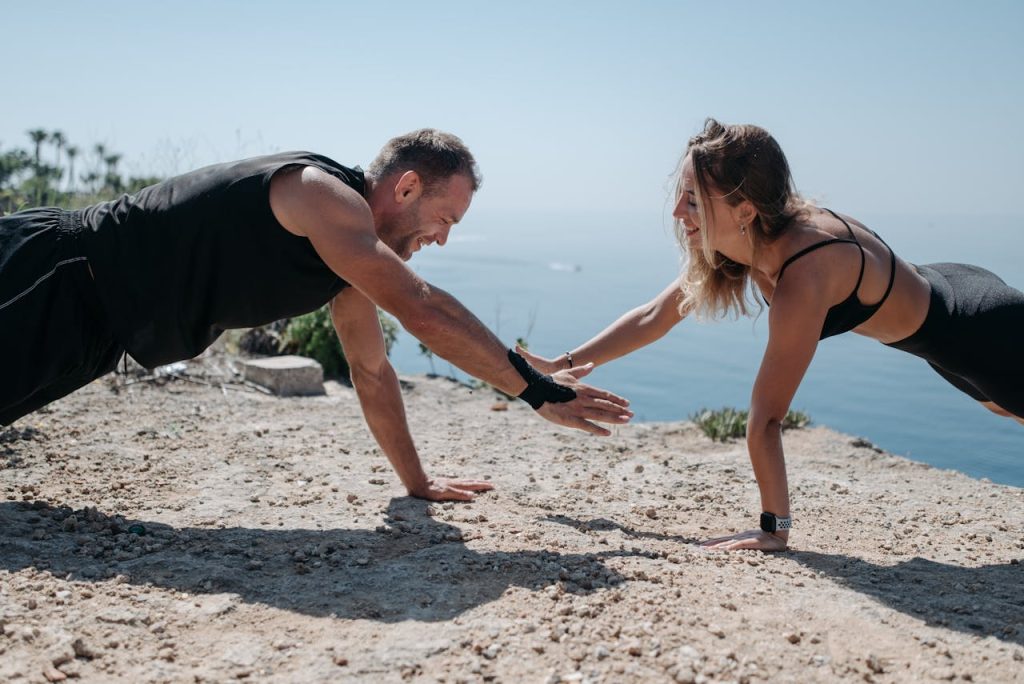
First, move the head towards the shoulder, gently and repeatedly. Breathe out along the stretch and exhale after finishing it. This will help the neck muscles stretch and strengthen.
Wide Lunges
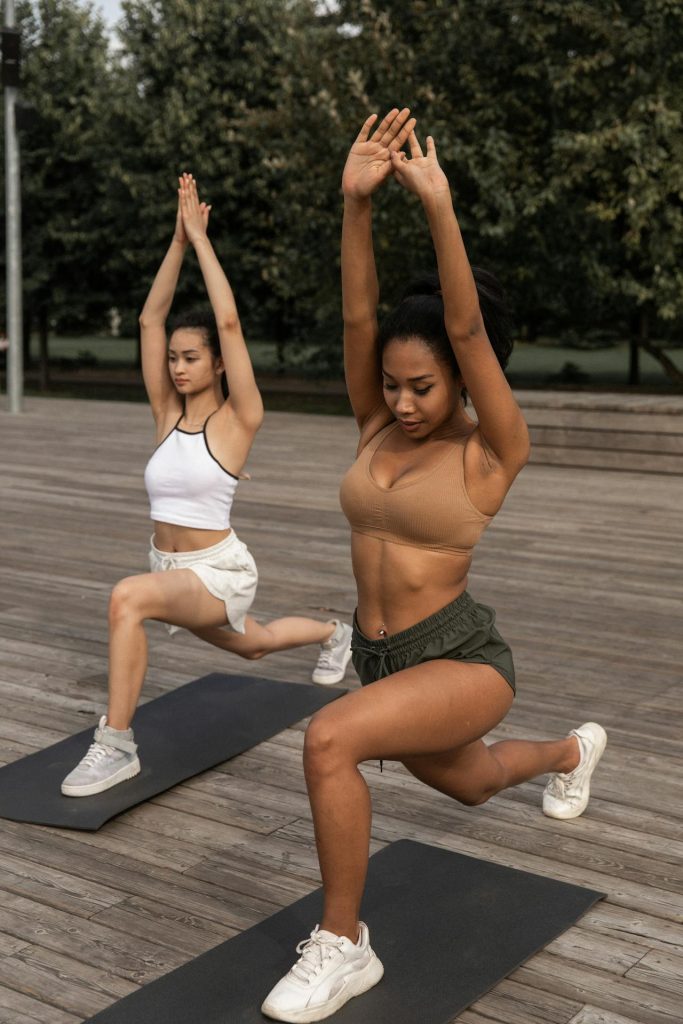
In an open space, do a wide stance. Then, point one foot out to the side while facing forward and then bend the knee of the foot facing sideways until your thigh is parallel with the ground. The stance should be wide enough as long as the knee doesn’t pass by the ankle. Return to standing upright and repeat this exercise five to seven times. Do this again on the opposite side.
What protective gear should you wear while riding?
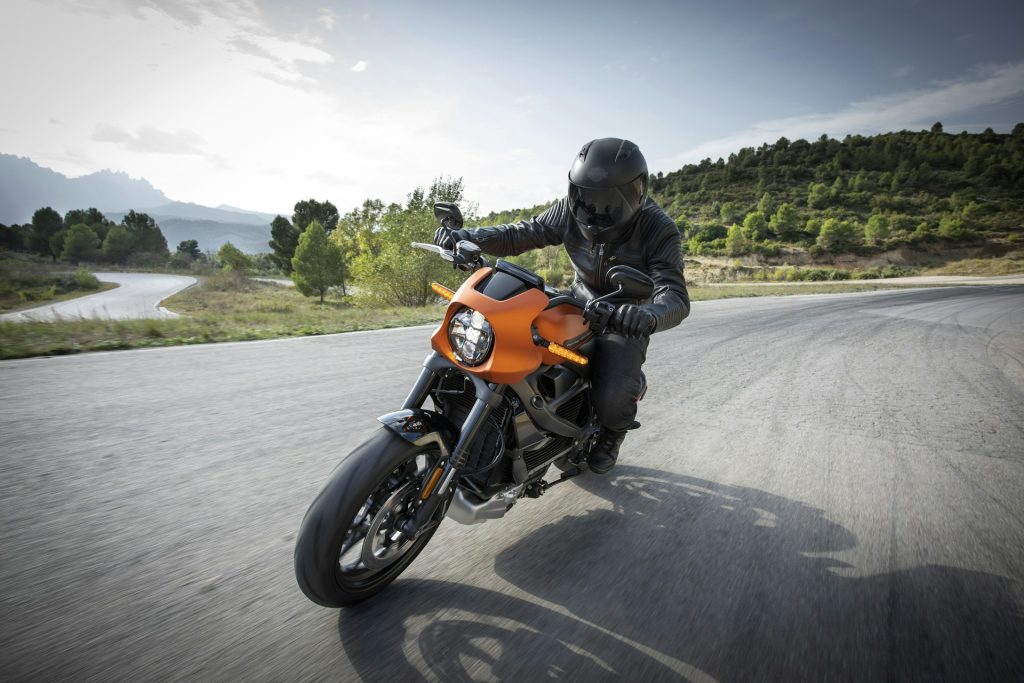
There is still another element to safety driving and that is safety gear. Sheridan advised wearing a helmet to prevent head injuries.
A study showed that motorcycle riders wearing a helmet prevent crashes by nearly 70%.
Protecting the head is crucial to prevent traumatic brain injuries in the case of a collision.
The best kind of helmet you can wear is a full-face helmet. A half-helmet may offer less protection but it is also still good for preventing dangerous head injuries.
Another safety gear is gloves, which will prevent road rashes. Although you can drive without gloves, it is still an optional gear to provide an extra layer of protection.
A jacket may also help during extreme cold weather and may also help protect the body from rough surfaces.
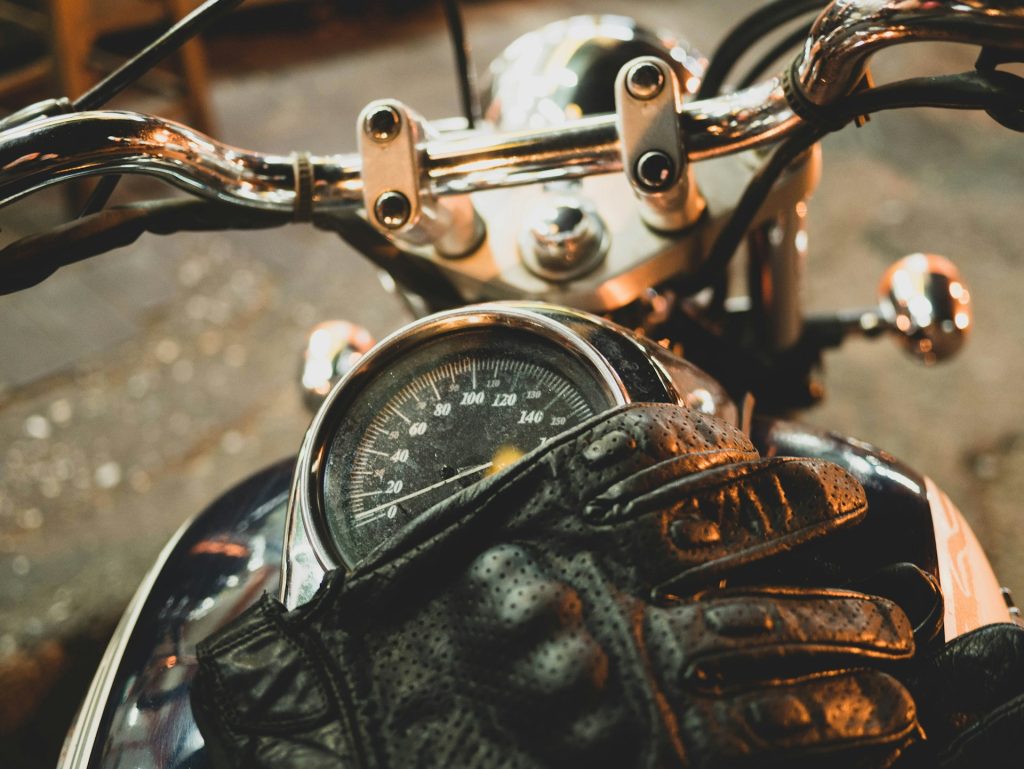
Boots can also help to avoid engine burns and can also protect against road rash just like gloves.
Pants are also a helpful type of gear to prevent road rash, and rashes, and reduce friction on the skin.
Goggles are also an optional but very helpful gear. It will prevent foreign objects from getting into the eyes and also help maintain good vision.
When pain is persistent, Sheridan advised consulting a physiotherapist or a professional to create a treatment tailored to the person.



